
How to bleed the brake system?
Content
Imagine driving to your favorite destination on the weekend when a dangerous object suddenly appears in your path. You have a split second to respond appropriately and prevent a possible accident.
When you put on the brakes, you confidently expect them to apply in time and slow the car down. Why can we be so confident in them? The reason is that these components use the laws of physics, and luckily, for the most part, they never let us down.
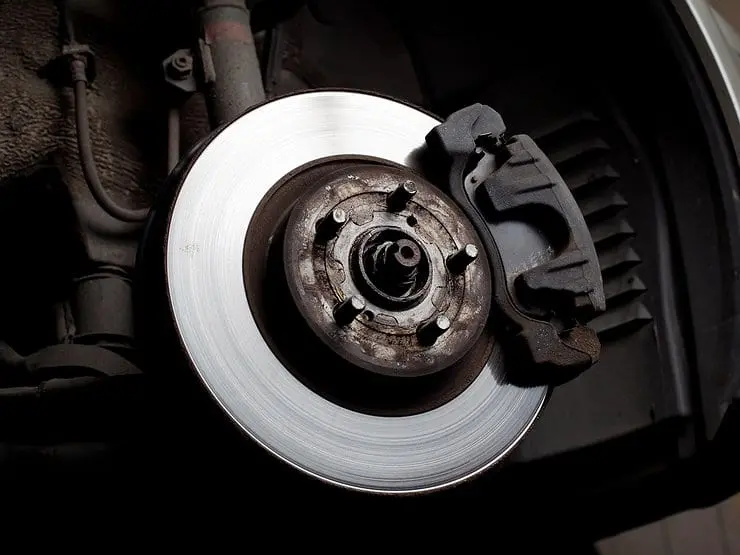
As soon as the object starts to move, in this case it is a car, it has energy. This energy is generated because the vehicle has a decent mass and develops a certain speed in a specific direction. The more mass, the higher the speed.
So far, everything is logical, but what if you suddenly have to stop? To move safely from fast moving to a resting state of transport, you must remove this energy. The only way to do this is through the well known braking system.
What is a braking system?
Everyone knows what a car braking system is, but few know exactly what processes occur in it when we press the brake pedal. It turns out that this simple manipulation (pressing the brake) starts several processes at once. Accordingly, the driver uses their features to slow down the vehicle.
In general, there are three important processes in the system:
- Hydraulic action;
- Tightening action;
- Frictional action.
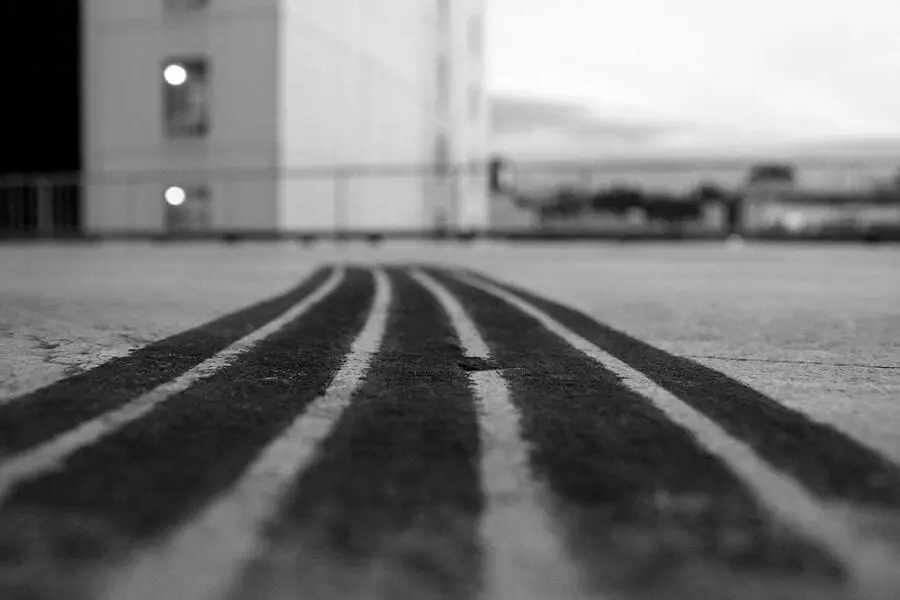
Brakes are one of the most important components in all vehicles. They fall into several basic types, and again their importance is extremely important. According to safety rules, it is even forbidden to drive a car with a faulty brake system.
This mechanical device absorbs energy from the chassis through the contact of the friction elements. Then, thanks to friction, he manages to slow down or completely stop the moving vehicle.
Types of brake systems
As we said, the types it divides into are as follows:
- Hydraulic braking system. Works on the basis of fluid movement in cylinders and friction;
- Electromagnetic braking system. It works with an electric motor;
- Servo-assisted braking system. For example, vacuum;
- A mechanical braking system whose main components are mechanical connections.
How does the braking system work in cars?
The system works with brake calipers, which are of two types - disc and drum brakes. With serviceable elements, the driver can fully rely on the braking system of his car.
Typically, the discs are mounted on the front wheels and the drums are mounted on the rear. However, some modern higher class vehicles have disc brakes on all four wheels.
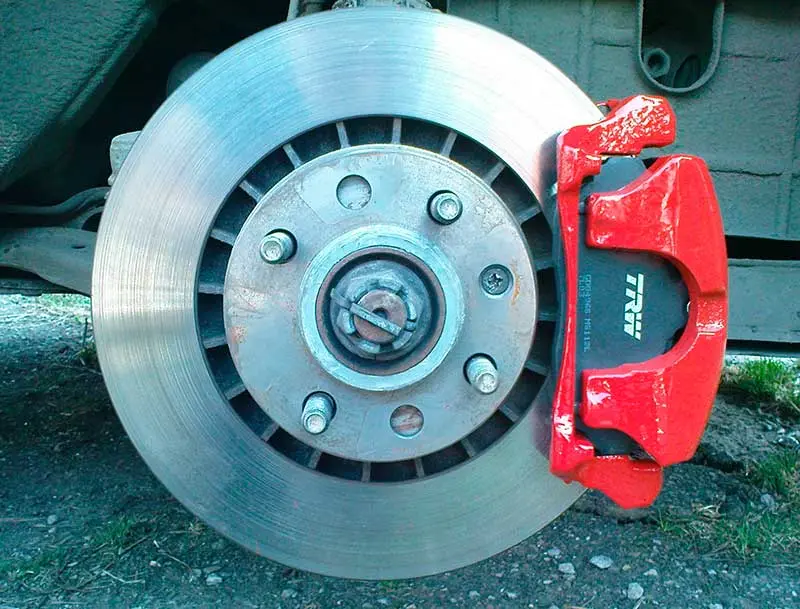
When the driver presses the brake pedal, pressure is generated and is amplified by the engine. This reinforcing effect makes the brakes respond faster and more accurately. The generated energy pushes the piston into the master cylinder, causing the brake fluid to move under pressure.
Accordingly, the fluid displaces the brake cylinder rod (drum brakes) or brake calipers (disc brakes). The frictional force creates a frictional force that slows the vehicle down.
Disc brake feature
Pressurized fluid begins to flow into the brake caliper, forcing the pads to move inward against the rotating disc. This is usually due to the operation of the front wheels.
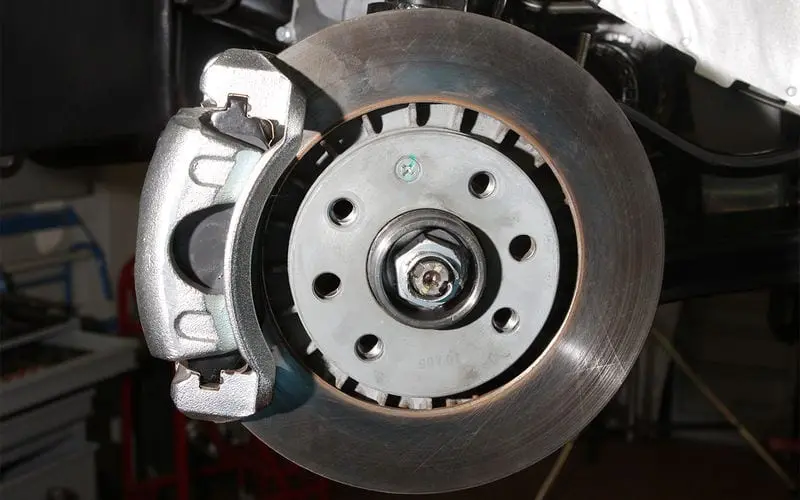
Thus, when the friction part of the brake comes into direct contact with the disc, friction occurs. This, in turn, reduces the speed of the disc, which is attached to the wheel hub, which contributes to the reduction of speed and subsequently stops in place.
Feature of drum brakes
Here, pressurized fluid enters the brake cylinder located near the corresponding wheel. Inside is a piston that moves outward due to fluid pressure. This external movement accordingly causes the brake components to move in the direction of the rotating drum.
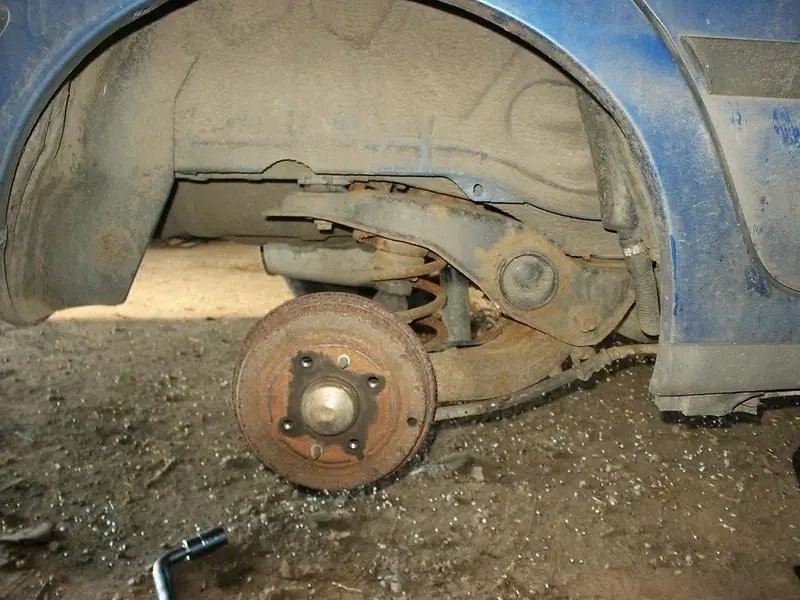
As soon as they start rubbing against the drum, the same effect is created as on the front wheels. As a result of the work of the pads, decent thermal energy is released, but the car still stops in place.
When is it necessary to bleed the brake system?
There is no need to talk about the importance of this procedure for a long time, since faulty brakes will sooner or later lead to an accident. It has the same meaning as changing the engine oil.
The braking system, like all other mechanisms, is not indestructible. Over time, its elements are destroyed, and small particles enter the brake fluid. Because of this, its effectiveness is lost, and in some cases the line may break. The system can wear out much faster than expected.
In addition, we do not exclude the possibility of moisture entering the circuit. This is quite dangerous because it causes rust. As a result, the actuators may work intermittently. In the worst case, you will lose control over deceleration and therefore the vehicle's braking power will decrease.
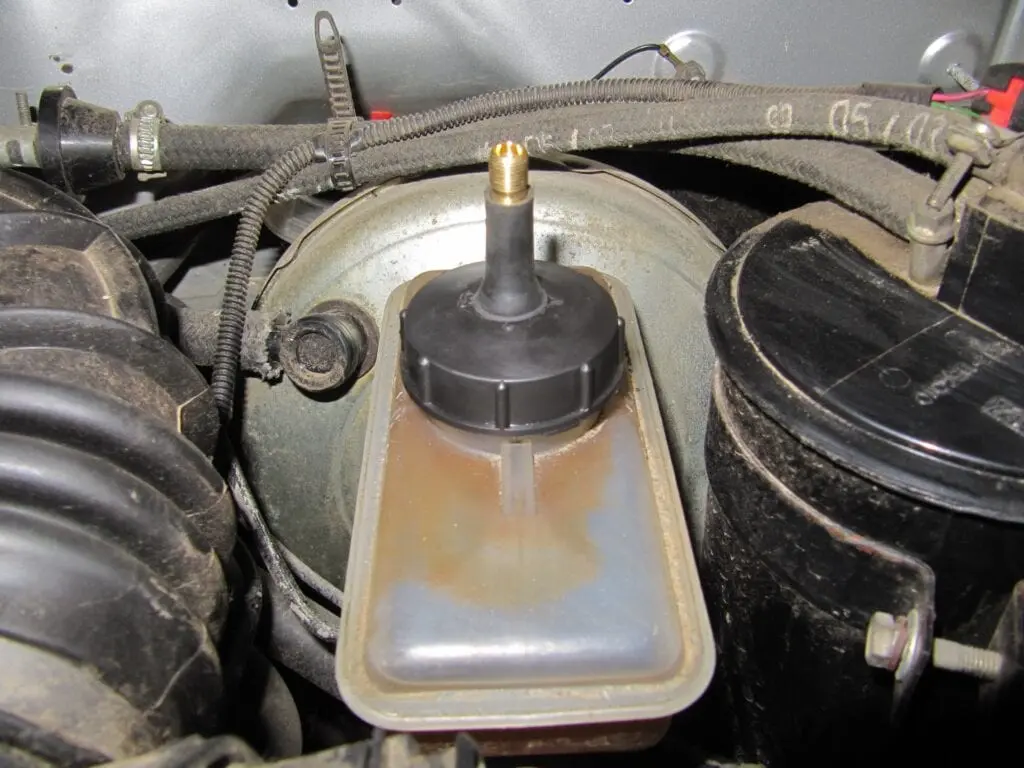
The only salvation in this case will be the replacement of all parts, brake fluid and, consequently, its deaeration. A good rule of thumb is to do this every 1-2 years or every 45 km. Of course, if necessary, this period can be shortened.
Some motorists are faced with the following situation. Before leaving the service station, the mechanic asks, they say, is there a desire to carry out deaeration, and what it is is unknown. It's great when, even in such situations, the car owner agrees, even if it turns out that this is a fairly simple procedure.
In fact, this method is not difficult at all. You can do it yourself in your garage. Here are some steps on how to do it yourself and save unnecessary costs.
Preparing to deaerate the brake system
The whole process will take no more than 10-20 minutes, but it mostly depends on your experience. Special tools are required to bleed the brakes. You can buy a professional kit, or you can make a homemade one from scrap materials.
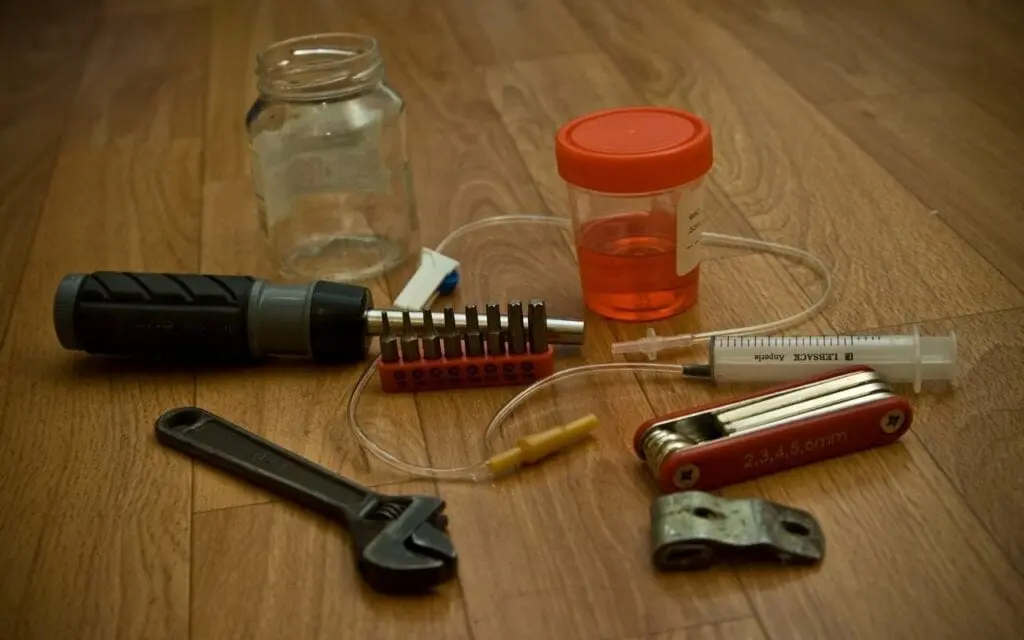
To do this, you will need the following materials:
- Empty plastic bottle 1,5 liters;
- A wrench to fit the caliper nut;
- Small rubber hose.
We make a hole in the bottle cap, so that the hose fits tightly into it and air does not enter the container itself.
Step by step guide
The first thing to do is drain the dirty brake fluid into a plastic bottle without throwing it away. The correct way to do this is with a syringe (from the master cylinder reservoir). When you're done, you need to pour new fluid into the reservoir.
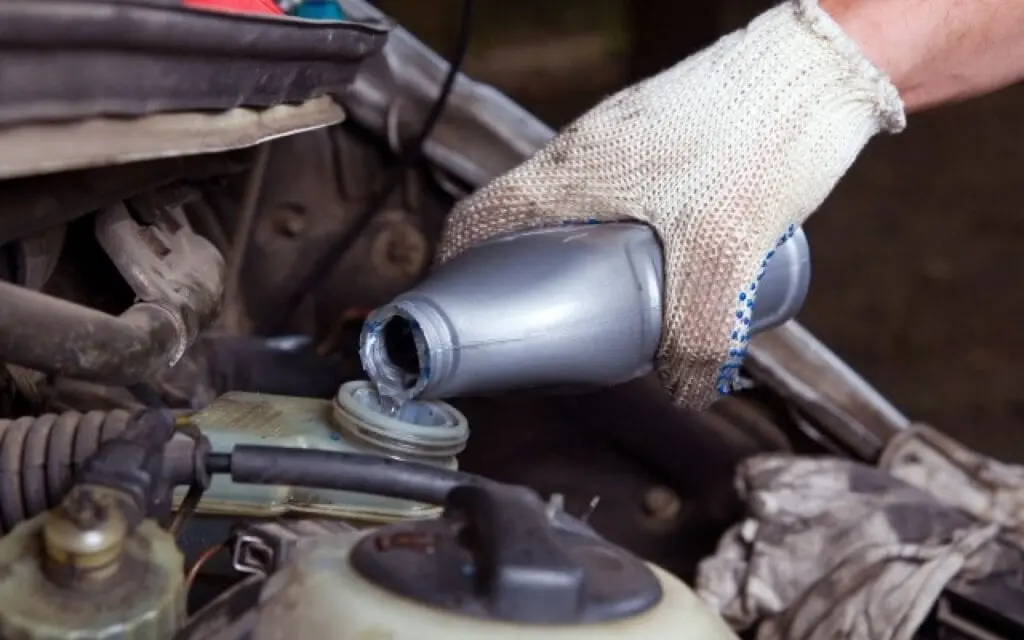
The special container it is stored in is usually labeled, but you should still try to fill it slightly above the maximum level. This is necessary as a small amount of liquid will be lost during deaeration.
To facilitate the next step, we advise you to lift the vehicle and remove all tires so you can see the brake calipers themselves. Behind them you will notice the fitting, next to which the brake hose is located.

The principle is very simple, but you have to be very careful. Place the bottle close to the device with the rubber hose pointing upward because air always goes there.
The free end of the hose is then placed on the fitting. To prevent air from entering the line, the hose can be squeezed with a plastic clamp. Unscrew the valve slightly with a wrench until you notice air bubbles and some brake fluid.
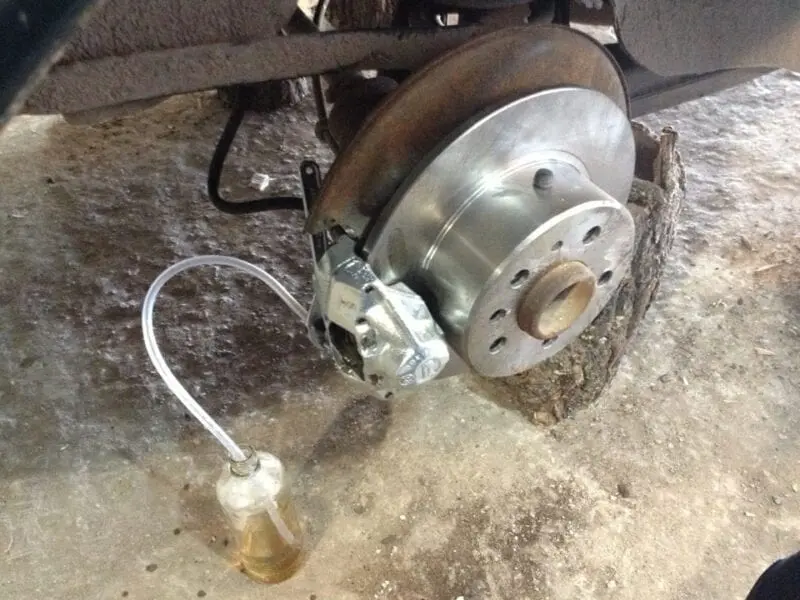
As soon as the air is out, you need to get into the car and slightly press the brake several times. Thus, you can be sure that you have activated the system and deaeration will take place more efficiently.
The procedure is repeated on each wheel. It is important to remember that you need to start with the farthest wheel and move from the farthest to the nearest. We finish with a wheel on the driver's side.